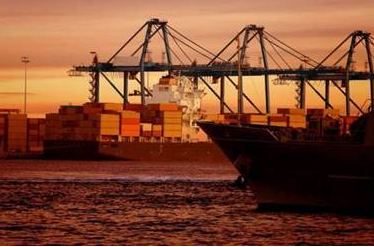
AIR FREIGHT
Overall, in the global market, e-commerce and high tech – which will see new product launches in line with the peak season – are propelling demand in the air cargo market alongside the usual seasonal commodities.
Air cargo demand continued to soar in July, with the latest IATA statistics showing a year-on-year increase of 13.6% on the back of issues on the ocean and the continued e-commerce boom.
This is largely down to increased airfreight demand due to the Red Sea crisis ocean disruption and because there is reduced capacity towards some of the Middle Eastern countries.
The fourth quarter peak is expected to be strong, with a very high spot market and most of the existing capacity reserved by e-commerce.
The IATA airline association lately addressed that cargo ton / kms has now registered a double-digit percentage increase for eight months in a row, with overall levels reaching heights not seen since the Covid-fueled surge of 2021.
There are currently 3 main actors in the air freight market :
- Robust Demand: Strong air cargo demand is driven by e-commerce growth from Asia.
- Capacity Constraints: challenges in air freight capacity due to Boeing delivery delays and regulatory issues.
- Rate Increases: upward rate trends from APAC with significant increases in key trade lanes.

SEA FREIGHT
Ocean container shipping demand from China to North America and North Europe hit record highs in June 2024, driven by importers scrambling to secure their supply chains amid Red Sea disruptions.
The latest data showed a record of 800,000 TEU shipped from China to North Europe in June, while the China to North America trade saw its highest June volume at 1.36 million TEU.
June 2024 was the eighth highest month on record, following the peak shipping volumes of late 2020 and 2021 during the Covid-19 pandemic.
The number of container ships passing the Suez Canal is down about 77% from a year ago, after attacks by Houthis have made the key water route unsafe.
The extra vessel capacity needed to sail around Africa has pumped up freight rates at a time when the market was entering a post-pandemic slump with ship supply exceeding demand.
Trading conditions remain subject to higher than normal volatility given the unpredictability of the Red Sea situation and the lack of clarity of supply and demand in the fourth quarter.




